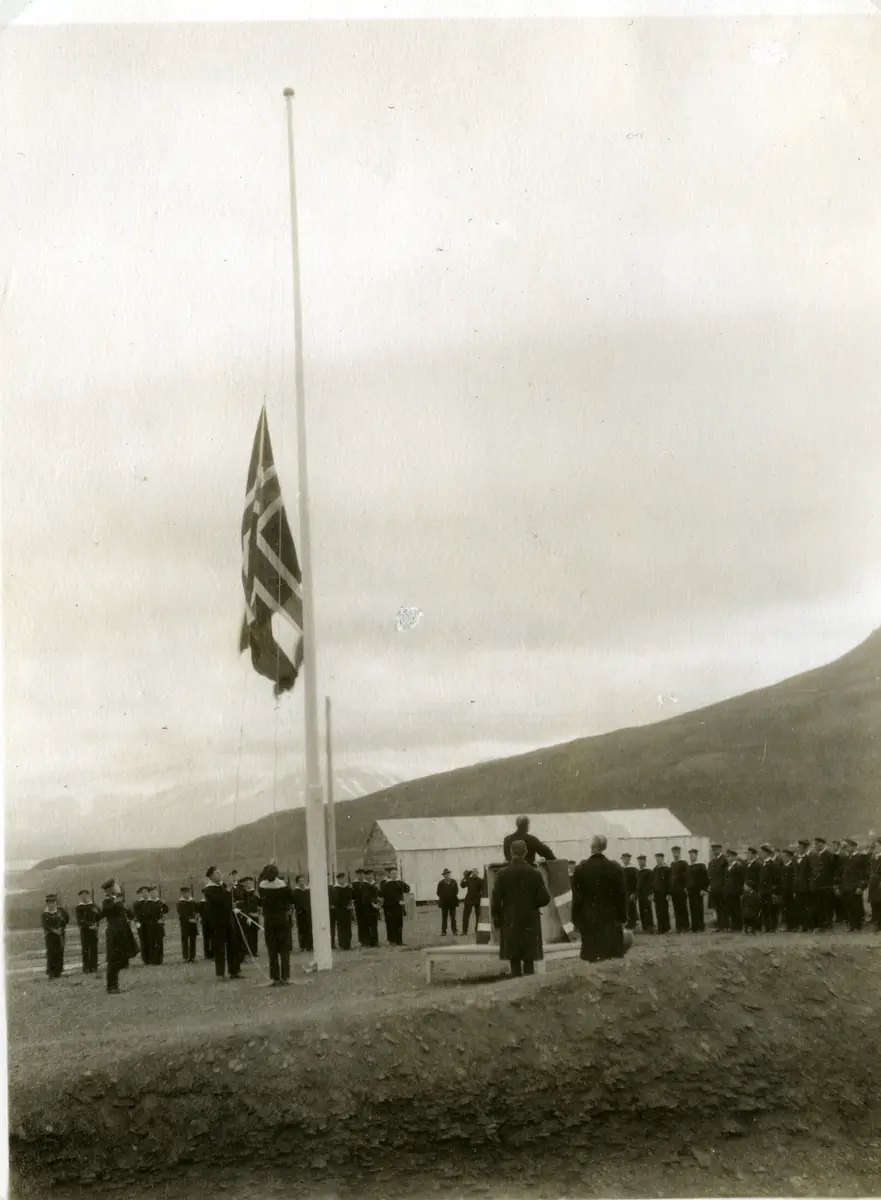At the beginning of the 20th century a need for change arose, prompted mainly by mining. Having exclusive rights to tracts of land and mineral deposits became vital, along with legislation and courts to resolve conflicts, for example between mining companies and workers. Despite several attempts to find a solution, it was not until the Versailles negotiations at the end of World War I that agreement was reached and the Svalbard Treaty was signed 9 February 1920.
Svalbard comprises all land between 74 and 81°N and between 10 and 35°E, plus territorial seas out to 12 nautical miles.
BASIC PRINCIPLES
Article 1 of the treaty establishes full and unrestricted Norwegian sovereignty over Svalbard. Nevertheless, the treaty sets certain limits on how that sovereignty may be exercised. Through legislation and administration, Norwegian authorities must ensure that the terms of the treaty are respected.
NON-DISCRIMINATION
Svalbard is part of the Kingdom of Norway. Norway adopts and enforces the laws that apply in the archipelago. Nevertheless, the treaty obliges Norway to grant citizens and commercial entities from the co-signing nations equal access within certain specific contexts:
- access to and presence in Svalbard
- fishing and hunting
- all types of maritime, industrial, mining, and commercial operations
- acquisition, exercise, and enjoyment of the right to ownership of property, including mineral rights
In these contexts, as in all other matters, Norwegian authorities may regulate activities. For example, an activity may be banned or allowed subject to certain conditions, but no one may be treated differently because of their nationality.
TAXATION
Article 8 stipulates that all taxes, dues, and duties levied in Svalbard shall exclusively benefit Svalbard. Norway must not use its authority to secure income exceeding what is needed for the administration of Svalbard. In practice, this means that income tax in Svalbard is lower than in mainland Norway. There is no value added tax, no other fiscal charges. Income and expenditures for Svalbard’s administration are registered in a separate budget: the Svalbard budget. In practice, the Norwegian Treasury subsidises this budget.
MILITARY RESTRICTIONS
According to Article 9, Norway must ensure that no fortifications or naval bases are established. Svalbard may never be used for warlike purposes. Norwegian military presence in Svalbard is kept to an absolute minimum; it consists mainly of coast guard patrols. Foreign military activity is not welcome.
- 1/1
HNoMS Valkyrien in Adventfjorden 1959. Photo Erling J. Nødtvedt/Svalbard museum
ENVIRONMENTAL PROTECTION
The treaty imposes on Norway the responsibility to take care of Svalbard’s natural environment.
THE TREATY IN MODERN TIMES
The Svalbard Treaty is one of the few agreements resulting from the negotiations in Versailles that still has practical significance. The overall objective of Norwegian Svalbard policy has always been to ensure peace and stability in the region. The treaty has undoubtedly contributed to achieving this goal. At present, about 2900 people live in Svalbard. They originate from many countries, but a major proportion are Norwegians living in Longyearbyen and Ny-Ålesund and Russians or Ukranians in Barentsburg. The treaty provides rules related to research, but stipulates only that such rules must be set forth by special agreement. No such agreement has ever been drawn up. In practice – and in line with the treaty’s spirit – scientists from all countries are granted equal rights to do research. In recent years, significant international research activity has evolved in Svalbard.
PARTIES TO THE TREATY
As of 1 January 2021, the following countries have signed the Svalbard Treaty:
Afghanistan, Albania, Argentina, Australia, Austria, Belgium, Bulgaria, Canada, Chile, Czech Republic, Denmark, Dominican Republic, Egypt, Estonia, Finland, France, Germany, Greece, Hungary, Iceland, India, Italy, Japan, Latvia, Lithuania, Monaco, New Zealand, North Korea, Norway, People’s Republic of China, Poland, Portugal, Romania, Russia, Saudi Arabia, South Africa, South Korea, Spain, Sweden, Switzerland, The Netherlands, Turkey, United Kingdom, United States, and Venezuela.

